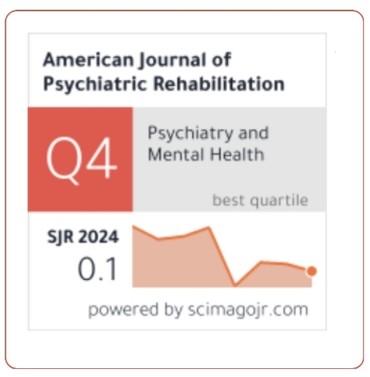Migration And Indian Diaspora
DOI:
https://doi.org/10.69980/ajpr.v28i1.88Keywords:
migrant, immigration, Indian, diaspora, cultural identity, displacementAbstract
Diaspora refers to the spread of group of people from their original homeland. People migrate from one place to another often with the intention of establishing a new residence. When they move within the same country, it's internal migration. International migration, fundamentally immigration can happen due to various factors, including economic, social, political and environmental reasons.
The Indian diaspora refers to the global community of people of Indian origin or descent who have settled in various countries of the world. It is one of the largest and most widespread diasporas globally. It can be traced back to historical migrations, including the Indian indentured laborers who were sent to various British colonies during the 19th and early 20th centuries. The Indian diaspora has also grown through voluntary immigration for reasons such as education, employment, and business opportunities.
The Indian diaspora is not only significant in terms of its size but also in its contributions to the host countries and the maintenance of Indian culture and identity abroad. Indian diaspora communities often maintain close ties with India, engage in cultural and economic exchanges, and serve as a bridge between the host countries and India. This diaspora has made significant contributions to various fields, including business, technology, politics, and culture, in countries across the globe.
Diaspora populations face unique mental health challenges stemming from migration, acculturation, and social determinants, potentially leading to higher rates of mental disorders and difficulties accessing culturally appropriate care.
Migration is the broader concept of people moving from one place to another,while immigration is a subset of migration involving individuals or groups moving across international borders to settle in a new country The Indian diaspora represents the Indian origin communities spread across the world, reflecting a long history of migration and immigration for various reasons.
References
1. M. Vijayakumar, Anu Baisel, Ezhil Kumar, Christopher Rajasekaran Negotiating Aspects of Culture, Communication and identity in Indian Literary Texts : An Analytical Study, (IJTEE) ISSN:2278-3075, Vol. 8,Issue 7C2, May 2019
2. Stuart Hall, Cultural Identity and Diaspora, https://warwick.ac.uk
3. Priya Joseph, Diasporic Reimagining of Culture in Kiran Desai's Hullabaloo in the Guava Orchard, IJAIR, Vol. 6issue 1 (35): Jan -March 2019, pg. 68-71 ISSN 2394-7780
4. Kumar Suresh Surya, Migration and Identity Crisis in Benyamin’s Goat Days, Smart Moves Journal IJELLH 8 (5), 42-50, 2020
5. Naha Abhijit (2023), A study on Empathetic Perception of Amitav Ghosh as a Diasporic Writer, Quest Journals JRHSS Vol. 11. Issue 4 pg 26-31
6. Narayan, R. K. Malgudi Days, Indian Thought Publications, first Indian Edition 1996, 85th Reprint, 2021
Downloads
Published
Issue
Section
License
Copyright (c) 2025 American Journal of Psychiatric Rehabilitation

This work is licensed under a Creative Commons Attribution 4.0 International License.
This is an Open Access article distributed under the terms of the Creative Commons Attribution 4.0 International License permitting all use, distribution, and reproduction in any medium, provided the work is properly cited.









